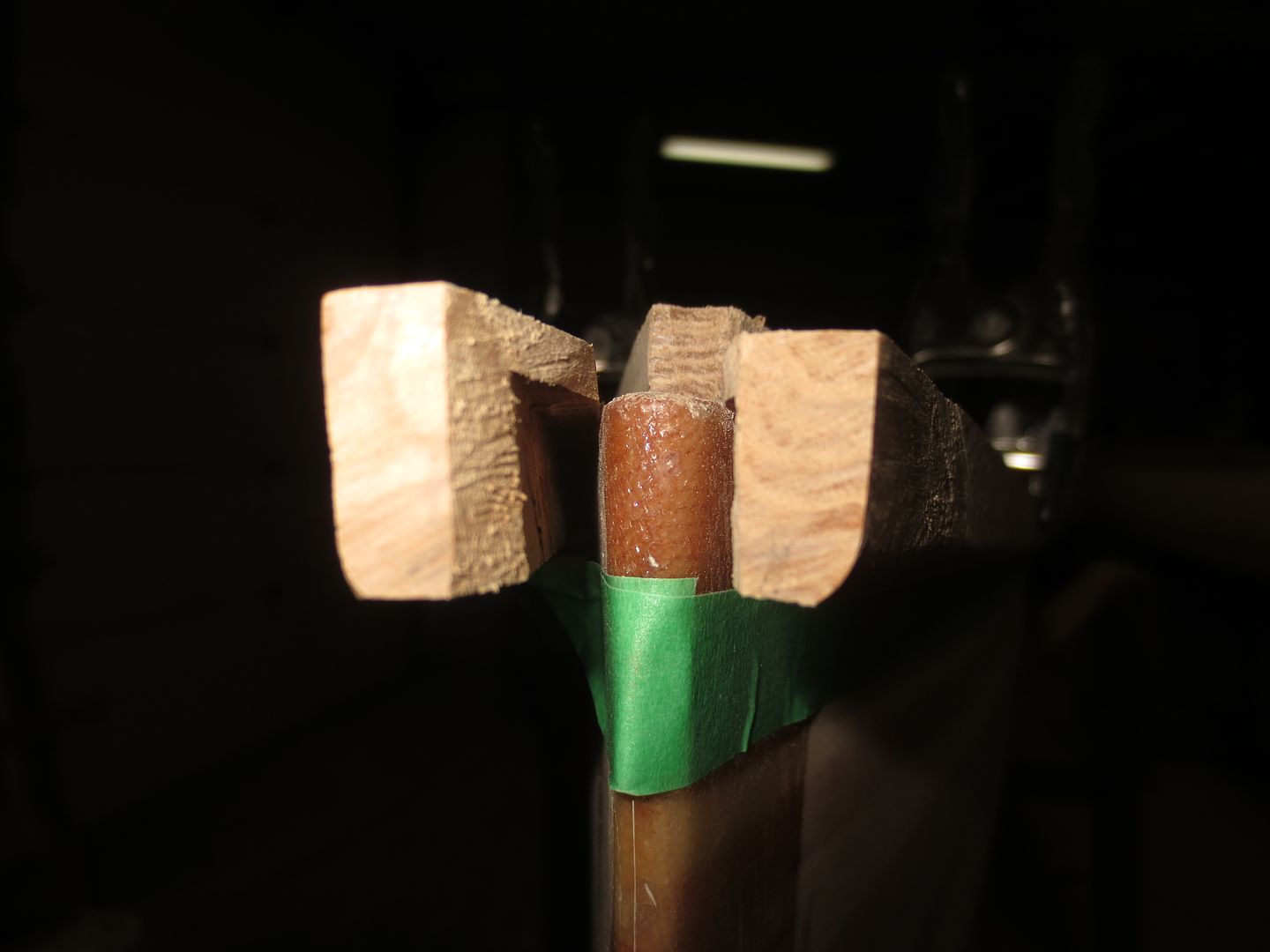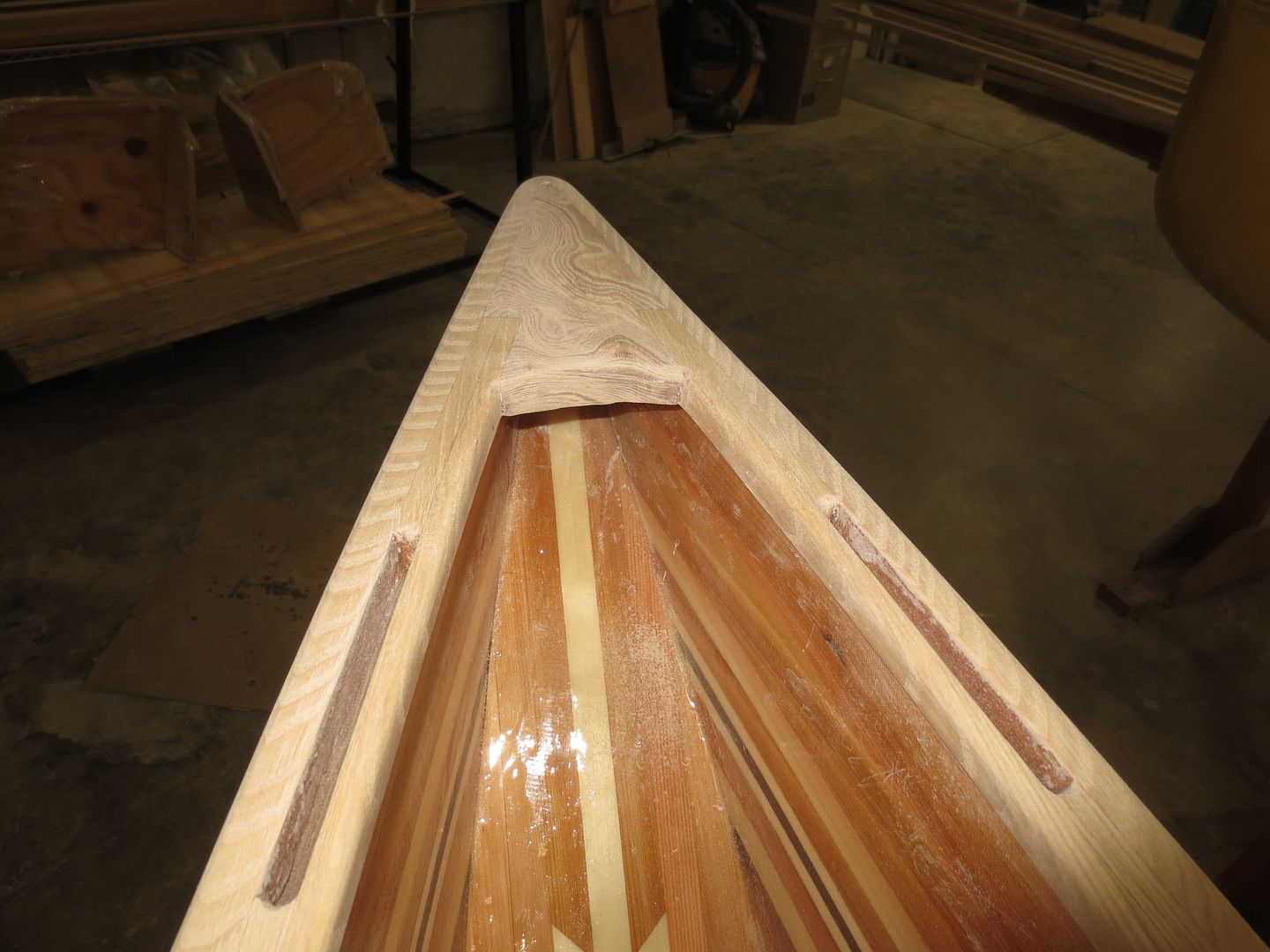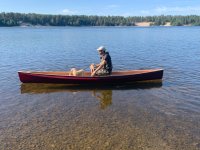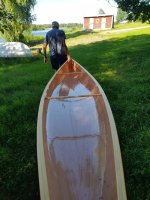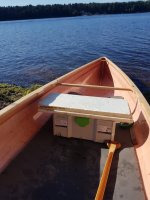Do you mean drill the gunwale in the exact inner diameter of the threaded rod and then just peen it against the wood?You can peen the head of the threaded rod as you would a rivet.
Edit: You probably meant I could use a washer and peen the rod over that.
Last edited:







